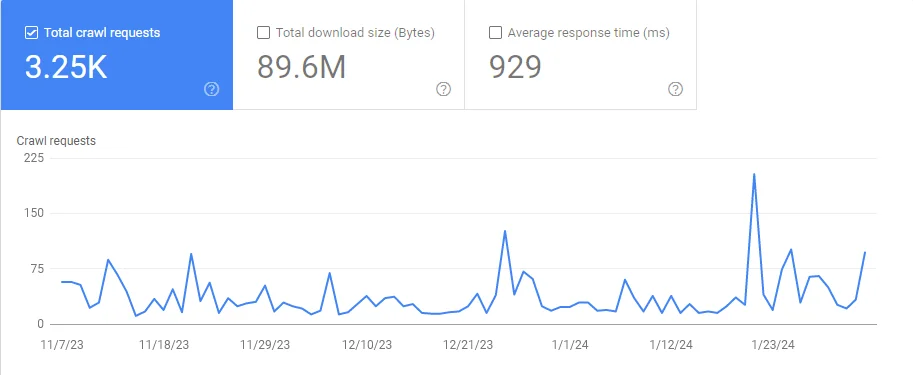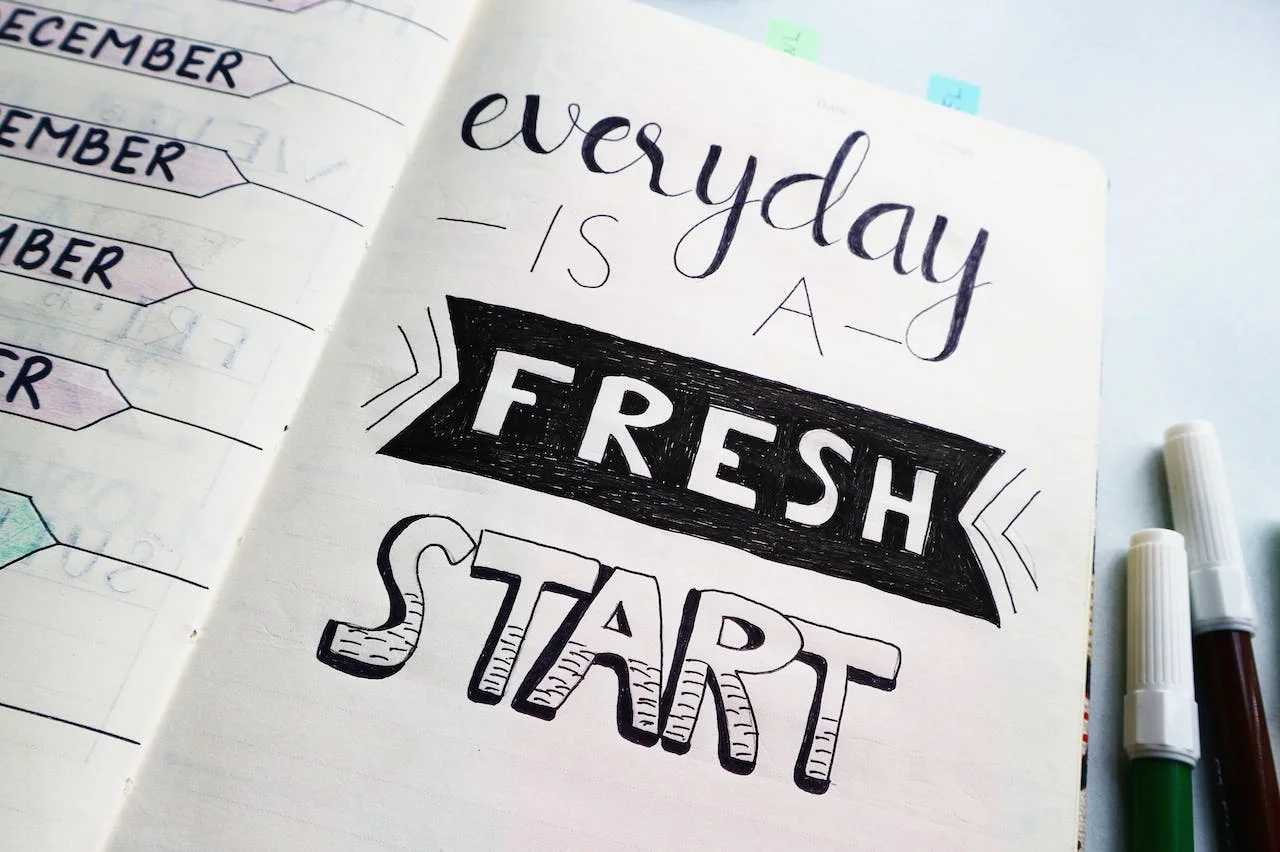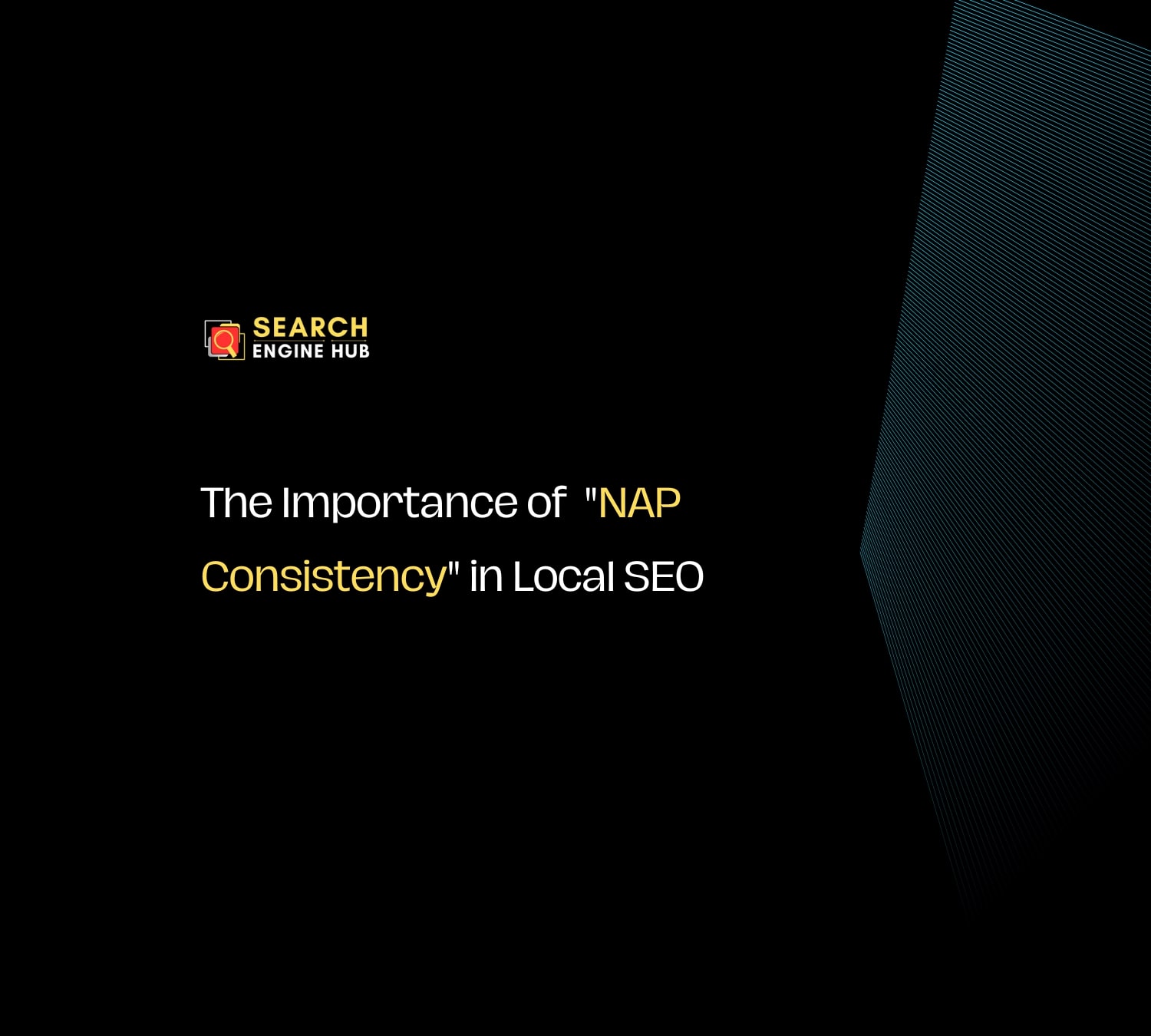Every day, Google searches through millions of websites to find new content, a process known as crawling. If you’re interested in how much of the internet Google examines each day, this article is for you. You will learn about Google’s crawling process from my years of analyzing website data on Google’s Search Console.
Key Takeaways
- Google crawls billions of pages daily, but the exact number varies based on website size, performance, update frequency, and popularity.
- To have your website crawled more, ensure it loads quickly, is updated often, is easy to navigate, and has links from reputable sites.
- Making your website appealing to Google’s crawlers can improve search rankings and online visibility.
What Does Crawling Mean?
Crawling is how Google discovers and analyzes website content using computer programs called crawlers or bots. These crawlers scan websites, understanding what each site is about, to collect data.
This data helps Google display relevant websites in search results when people search online. The process is ongoing, allowing Google to keep its search results current by constantly finding new sites and updating information on existing ones.
This ensures that users find the most relevant and recent content for their searches.

How Google Decides Which Pages to Crawl
Google doesn’t treat all websites the same. Several factors affect how often and how many pages Google decides to crawl:
- Bigger websites with lots of pages might see more visits from Google.
- Websites that load quickly and don’t have errors are easier for Google to crawl.
- Google visits websites more frequently if they add new or updated content regularly.
- Websites that many people visit and that have links from other sites might be crawled more often by Google.
The Mystery of Google's Daily Crawls
Google keeps it a secret exactly how many pages it crawls every day. But from what we can tell, it’s a massive number, likely in the billions. This number changes based on how big a website is, how well it’s built, and how often it gets updated.
Observations from an SEO Specialist
Throughout my years working in search engine optimization (SEO), I’ve gained insights into how Google approaches the task of crawling websites.
Here’s what I’ve observed:
- Websites with High Traffic and Content Volume: Websites that attract a lot of visitors and have a vast amount of content tend to be visited by Google’s crawlers very frequently. It’s not uncommon for these sites to have thousands of their pages scanned and indexed by Google each day. This is because popular sites are more likely to produce new and relevant content that Google wants to capture and include in its search results.
- Medium-Sized Websites: These websites occupy a middle ground. They might receive a moderate amount of traffic and have a decent volume of content. The number of pages Google crawls on these sites each day can vary widely, from hundreds to a few thousand. The key factors influencing this variation include how often the site updates its content and its perceived authority in its niche. Sites that are seen as authoritative sources of information and regularly publish fresh content are more attractive to Google’s crawlers.
- Small or New Websites: When a website is just starting out or is smaller in scope, it might not get much attention from Google’s crawlers initially. These sites may only have a few of their pages crawled each day. However, as these websites begin to grow in content and popularity, they can start to see increased crawling activity. Building a site’s presence online takes time, and as it becomes more established and recognized in its field, Google’s interest in crawling it more thoroughly will naturally increase.

Tips to Get Google to Crawl Your Website More
If you want Google to pay more attention to your website, try these strategies:
- Speed up your website by reducing image sizes and removing extra code.
- Regularly add new articles, blogs, or pages to attract Google’s crawlers.
- Organize your website clearly with a simple menu and distinct sections for easier navigation by Google’s bots.
- Secure links from reputable websites to show Google your site is valuable, increasing its visit frequency.
Conclusion
Determining the exact number of pages Google crawls daily is difficult due to various factors. Improving your website’s speed, regularly updating content, enhancing navigation, and boosting its reputation can increase its crawl rate.
Working on these areas is crucial for improving your website’s ranking in search results and its online visibility, making it more attractive to Google. Regular efforts can significantly boost the number of visitors to your website and enhance its visibility.




